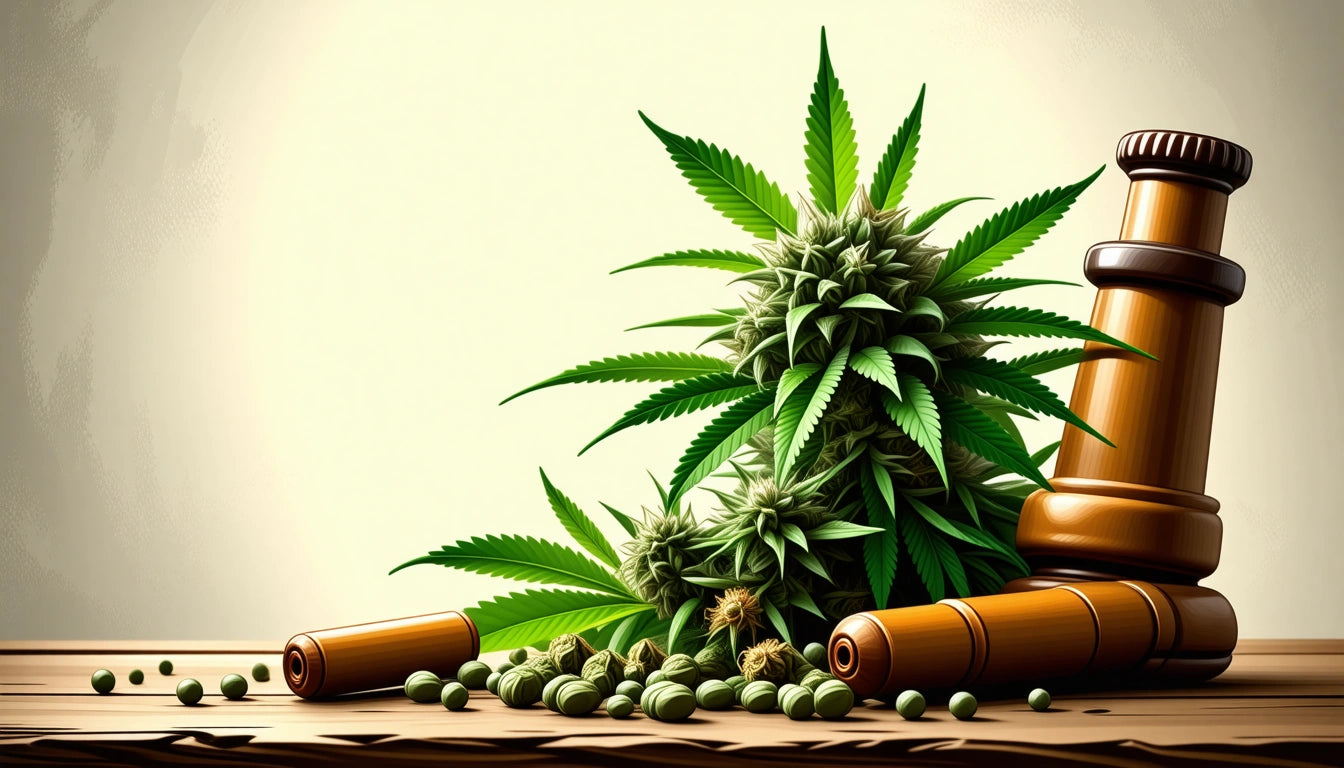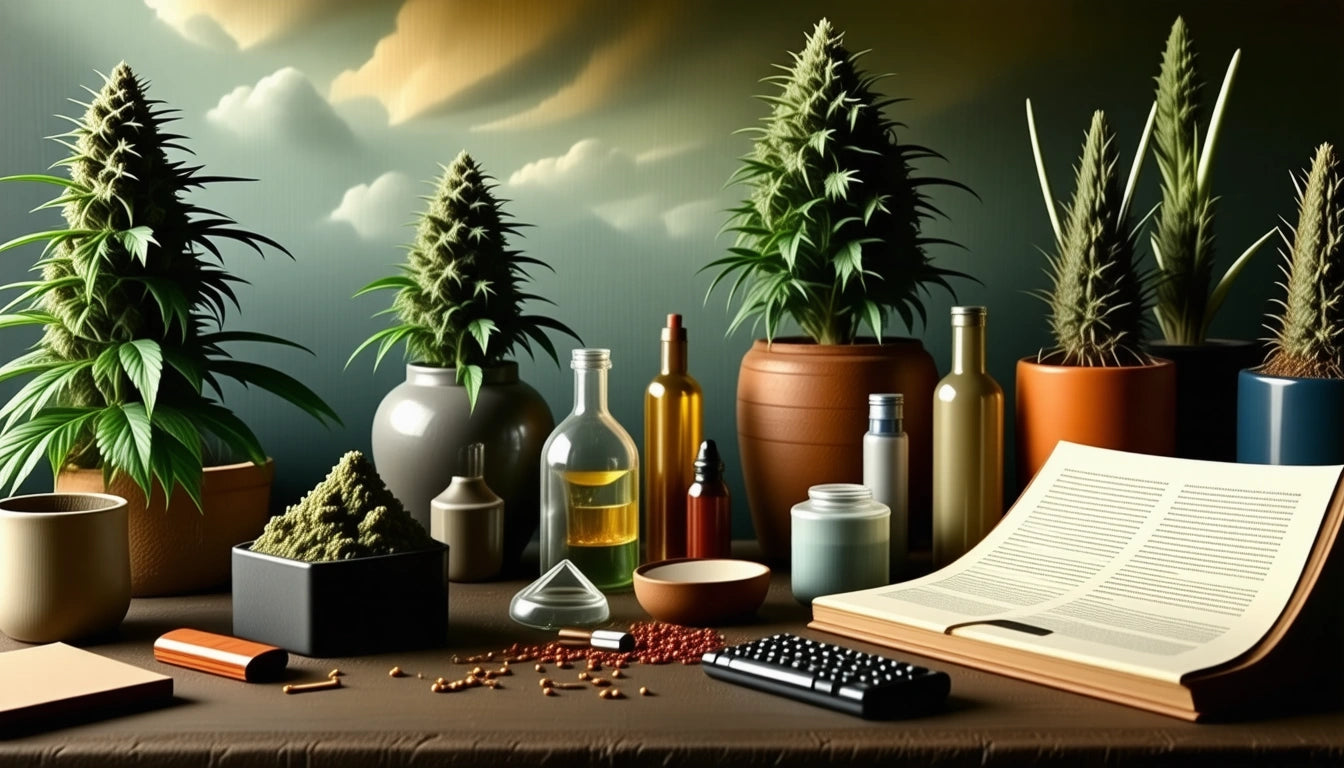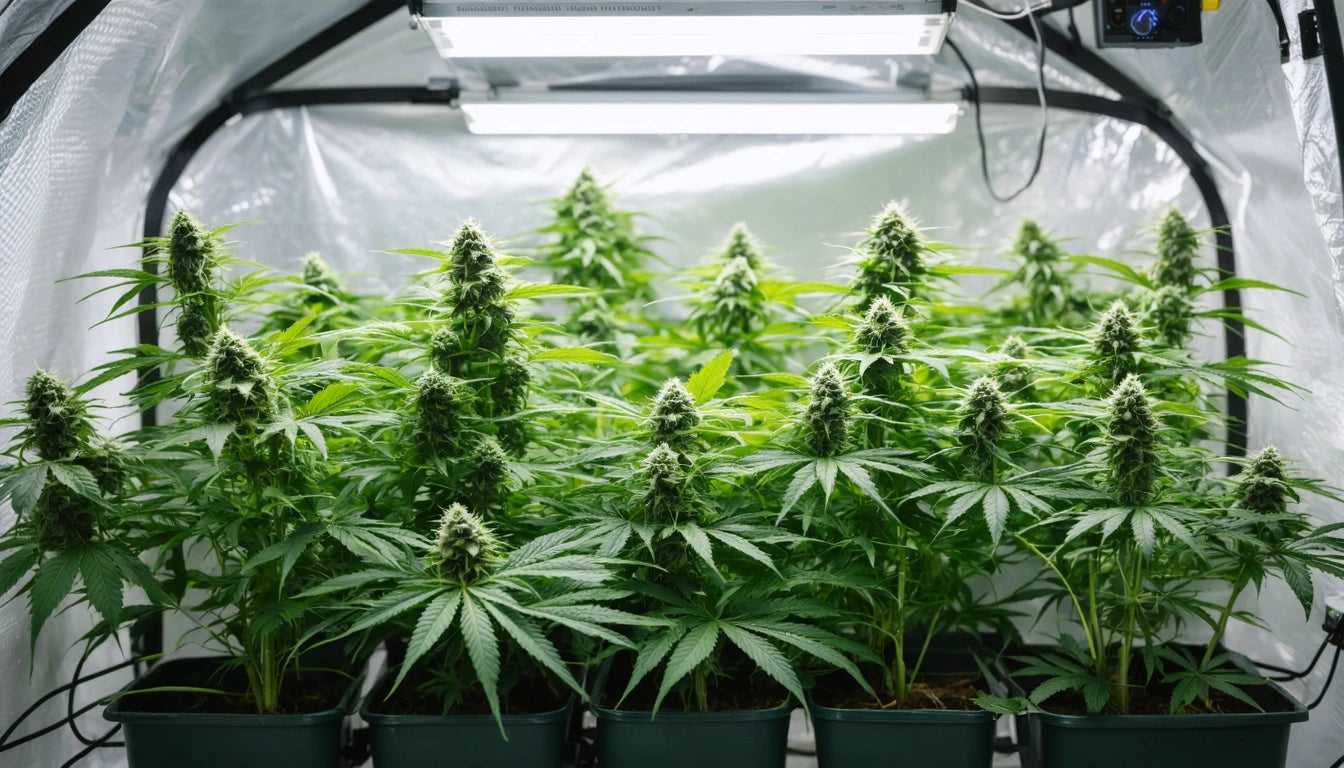Table of Contents
- THC Basics: What Constitutes High vs. Low Content
- Legal Thresholds: Understanding THC Limits by State
- Beginner Guidelines: Recommended THC Dosages for First-Time Users
- Consumption Methods: How Much THC in Different Products
- Medical vs. Recreational: Comparing THC Content
- Driving Regulations and THC Testing Standards
- Future Considerations for THC Regulation and Education
Understanding THC: Legal Limits, Dosages, and Consumption Guidelines
Tetrahydrocannabinol (THC) is the primary psychoactive compound in cannabis that produces the characteristic high. With expanding legalization, understanding THC content, appropriate dosages, and legal limits has become increasingly important for both new and experienced users. This comprehensive guide addresses common questions about THC levels across different products and consumption methods.
THC Basics: What Constitutes High vs. Low Content
THC potency is typically measured as a percentage of dry weight in flower products or in milligrams for edibles and concentrates. Modern cannabis strains have significantly higher THC levels than those from previous decades, with many commercial products now containing 15-25% THC or more.
When considering how much THC is a lot, context matters:
- Low THC: 5-10% in flower, 2-5mg in edibles
- Moderate THC: 10-15% in flower, 5-15mg in edibles
- High THC: 15-25% in flower, 15-30mg in edibles
- Very high THC: 25%+ in flower, 30mg+ in edibles
For proper storage of high-THC products, many consumers use specialized storage solutions like mylar bags that preserve potency by protecting against light, air, and moisture degradation.
Legal Thresholds: Understanding THC Limits by State
THC legality varies significantly by jurisdiction. At the federal level, products must contain less than 0.3% THC to be classified as hemp rather than marijuana under the 2018 Farm Bill. This threshold answers questions about how much is 0.3 THC or how much is .3 THC, which represents a minimal amount that typically doesn't produce psychoactive effects.
For CBD products specifically, the question of how much THC is legal in CBD also refers to this 0.3% federal limit. However, state regulations vary widely:
- Adult-use states: Allow products with unlimited THC percentages (though potency may be indicated on packaging)
- Medical-only states: Often have caps on THC content or THC:CBD ratios
- CBD-only states: Typically enforce the 0.3% THC federal limit
Understanding your local regulations is essential for legal compliance. For more detailed information on THC content in different products, this resource on THC content in blunts, edibles, and bowls provides valuable insights.
Beginner Guidelines: Recommended THC Dosages for First-Time Users
For those wondering how much THC for first time use is appropriate, experts generally recommend starting with minimal doses:
- Inhalation: 1-2mg THC (a small puff from a low-potency product)
- Edibles: 2-5mg THC
- Tinctures: 1-2.5mg THC
The mantra "start low and go slow" is particularly important for new users. Effects can vary dramatically based on individual factors including body weight, metabolism, tolerance, and consumption method. Understanding appropriate THC dosage can help prevent uncomfortable experiences.
Consumption Methods: How Much THC in Different Products
Flower Products
When consumers ask how much THC in 1/8, they're referring to an eighth of an ounce (3.5 grams) of cannabis flower. The total THC content depends on the percentage:
- 10% THC flower: Approximately 350mg total THC per eighth
- 20% THC flower: Approximately 700mg total THC per eighth
- 25% THC flower: Approximately 875mg total THC per eighth
However, not all THC is consumed when smoking or vaporizing. This guide explains THC content in a gram of cannabis and bioavailability factors.
Inhalation Methods
For those wondering how much THC in a hit, estimates vary by consumption method:
- Joint/Pipe: 5-15mg per puff from average-potency cannabis
- Vape cartridge: 3-15mg per 3-second draw
- Concentrates: 30-80mg per small dab (depending on concentrate potency)
When asking how much are THC cartridges, prices typically range from $30-60 for a 1-gram cartridge containing 700-900mg total THC, depending on market and quality.
Medical vs. Recreational: Comparing THC Content
Many consumers wonder how much THC in medical marijuana compared to recreational products. Contrary to popular belief, medical cannabis often contains similar or even higher THC levels than recreational products. The difference lies in:
- Specific cannabinoid ratios (often higher CBD in medical products)
- Terpene profiles targeted for specific conditions
- More precise dosing guidelines for medical patients
The question of how much THC is in weed off the street is difficult to answer precisely, as unregulated cannabis varies dramatically in potency. Recent seizure data suggests average THC percentages between 14-25%, though without laboratory testing, street cannabis potency remains unpredictable.
Driving Regulations and THC Testing Standards
For those concerned about what is the legal limit for THC while driving, regulations vary by state. Unlike alcohol, which has standardized blood alcohol concentration limits, THC impairment testing is more complex:
- Per se states: Set specific blood THC limits (typically 2-5ng/mL)
- Zero tolerance states: Any detectable THC is considered a violation
- Impairment-based states: Rely on observed impairment rather than specific THC levels
When asking how much is 50 nanograms of THC or how much is 50 ng of THC, this refers to blood concentration measurements. A level of 50ng/mL would be extremely high and indicate very recent use, well above legal driving limits in all states with defined thresholds.
Understanding what is the legal limit for THC in your system for driving purposes is essential, as penalties for THC-impaired driving can be severe.
Future Considerations for THC Regulation and Education
As cannabis markets mature, several trends are emerging in THC regulation and education:
- More nuanced potency labeling beyond simple THC percentages
- Standardized serving sizes across product categories
- Improved public education about responsible consumption
- More research into THC metabolism and impairment assessment
For consumers asking why is legal marijuana THC so low in some markets, the answer often involves regulatory caution as states implement new cannabis programs. Many states initially set conservative THC limits that gradually increase as their markets mature and regulatory frameworks evolve.
For comprehensive information about safe consumption guidelines, this resource on understanding safe THC consumption limits provides valuable guidance for both new and experienced users.











Leave a comment
All comments are moderated before being published.
This site is protected by hCaptcha and the hCaptcha Privacy Policy and Terms of Service apply.